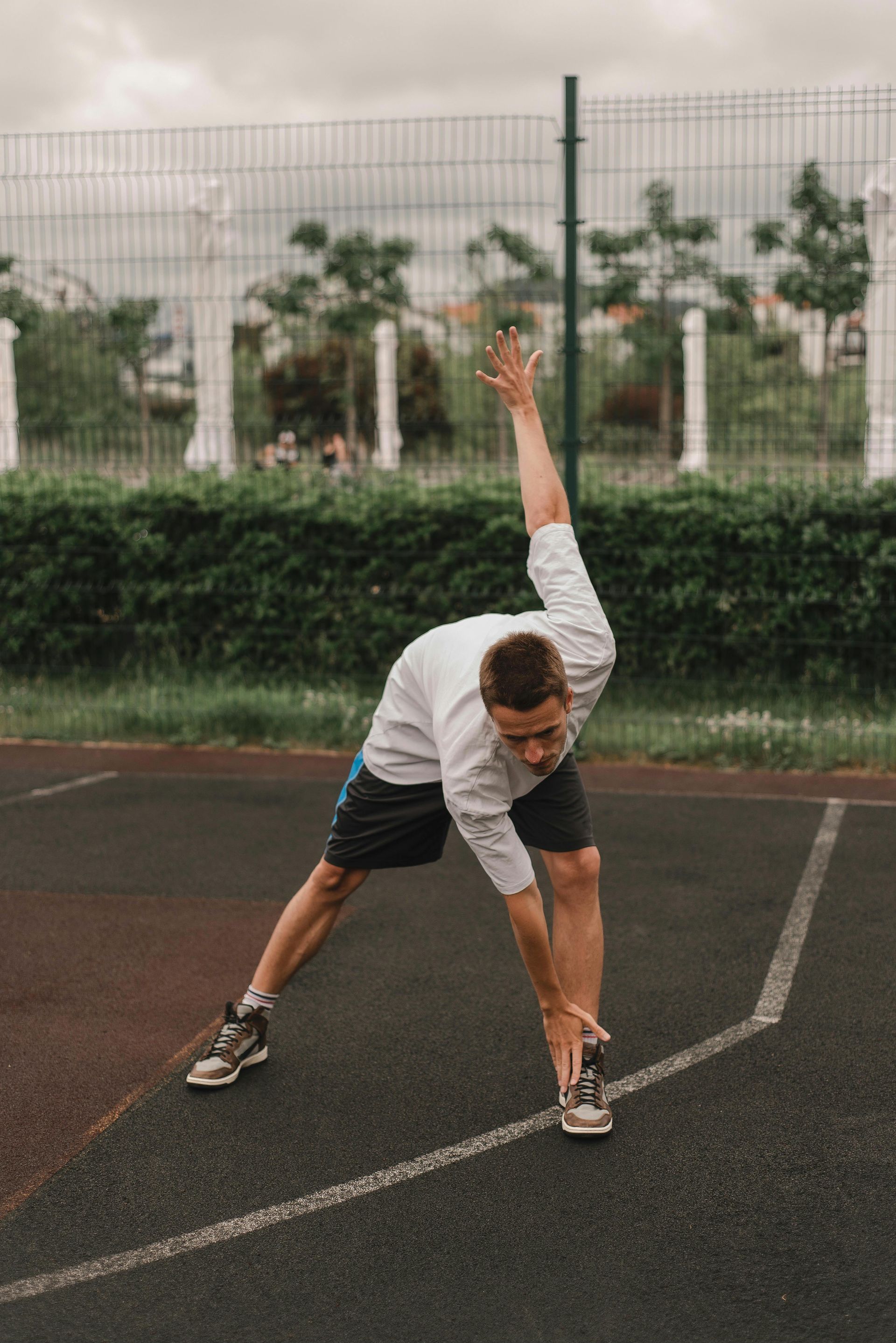Single Arm Cable Shrugs
Single-arm cable shrugs are an effective exercise for targeting the trapezius muscles, which are the muscles that run along the upper part of your back and neck. Here's a step-by-step guide on how to perform single-arm cable shrugs:
Muscles Targeted:
- Trapezius
Equipment Needed:
- Cable machine
- Single-hand attachment (handle or D-handle)
Steps:
- Set Up:
- Position a cable machine with a single-hand attachment at the lowest setting.
- Attach the single-hand handle to the cable.
- Stand facing the cable machine with your feet shoulder-width apart.
- Adjust the Weight:
- Select an appropriate weight on the cable machine. Start with a lighter weight to ensure you can maintain proper form.
- Grab the Handle:
- Reach down and grasp the handle with one hand. Ensure your palm is facing your body, and your grip is secure.
- Body Position:
- Keep your back straight, chest up, and shoulders back.
- Position your feet shoulder-width apart, maintaining a stable base.
- Shrug Movement:
- Lift your shoulder in a shrugging motion, bringing it as close to your ear as possible. Focus on lifting your shoulder straight up, avoiding any forward or backward movement.
- Squeeze at the Top:
- At the top of the shrug, squeeze your trapezius muscle for a brief moment to maximize the contraction.
- Lowering Phase:
- Lower your shoulder back down in a controlled manner. Avoid letting the weight slam down.
- Repetition:
- Complete the desired number of repetitions on one side before switching to the other.
- Switch Sides:
- After completing the set on one side, switch to the other side and repeat the exercise.
Tips:
- Start with a lighter weight to ensure you can maintain proper form and control throughout the movement.
- Keep your movements controlled, and avoid using momentum to lift the weight.
- Focus on contracting the trapezius muscle at the top of the shrug.
- Keep your neck in a neutral position to avoid unnecessary strain.
As with any exercise, if you have any pre-existing conditions or concerns, it's advisable to consult with a fitness professional or healthcare provider before incorporating new movements into your workout routine.




